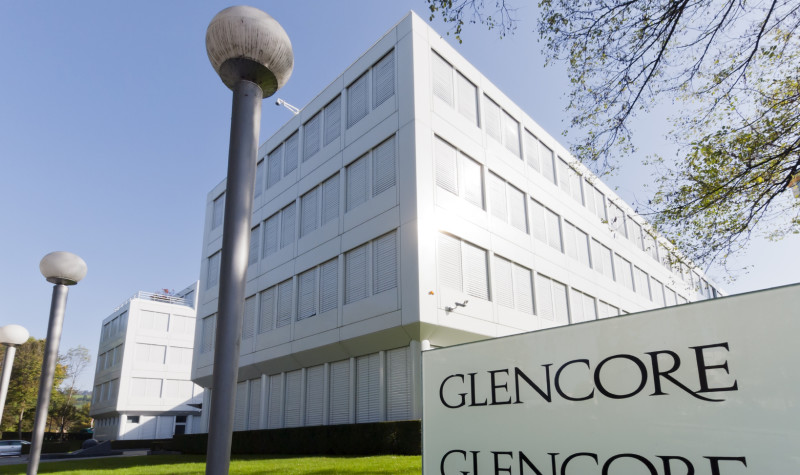Why Glencore and Shell’s share prices can continue to beat the FTSE 100

The FTSE 100 index (INDEXFTSE: UKX) has delivered a disappointing year-to-date performance. It is currently down 3%, although some of its members are up significantly since the start of the year.
Notably, commodities-focused firms Shell (LON: SHEL) and Glencore (LON: GLEN) have generated share price gains of 34% and 22%, respectively, as buoyant commodity prices have catalysed their financial performance.
With low valuations and solid financial positions, both firms offer long-term capital growth potential in spite of an increasingly uncertain near-term global economic outlook.
Shell
Shell’s share price gain is closely linked to its improving financial performance over recent months. Indeed, its recent second-quarter results showed that adjusted earnings increased from $5.5bn one year ago to $11.5bn. Its rising profitability was aided by higher commodity prices as they responded positively to a fast-growing global economy that contributed to a higher rate of inflation during the period.
Although a link between commodity prices and inflation can be somewhat transient, commodities such as oil and gas have historically proved to be a worthwhile hedge against rapid price rises. With inflation set to remain at a double-digit level in the UK over the coming months, the sector could remain relatively popular among investors.
Clearly, the prospect of an economic slowdown could act as a drag on Shell’s profitability over the short run. However, its financial position has improved significantly over recent months so that it is now in a stronger position to overcome short-term threats. For example, net debt stood at $66bn a year ago. Today it is a far more manageable $46bn. This provides further scope for it to retain generous shareholder payouts as rising interest rates put pressure on its more highly indebted peers.
Trading on a forward price-to-earnings ratio of under 6, Shell’s share price continues to offer good value for money despite its recent surge. With high inflation likely to remain in place, it offers a bright future that could allow it to generate FTSE 100-beating returns over the long run.
Glencore
Glencore’s year-to-date share price rise has also been boosted by high commodity prices. In particular, it has benefitted from record pricing for many coal and gas benchmarks. This contributed to a 119% rise in its adjusted profit in the first half of the year.
In turn, this enabled it to reduce net debt by 62% so that it now stands at just $2.3bn. This suggests it is in a strong position to cope with potential sector volatility as rising interest rates prompt a less certain outlook for the world economy.
Encouragingly, Glencore has shifted towards commodities that offer long-term growth potential as the world pivots towards a net zero future. For example, its portfolio contains copper, nickel and vanadium assets that are likely to experience rising demand as renewable energy infrastructure and electric vehicles gradually become more prevalent. And with its marketing operations providing a differentiator versus sector peers, it could ride out a period of economic uncertainty better than many rivals.
Trading on a forward price-to-earnings ratio of around 4, Glencore’s share price appears to offer a wide margin of safety. As such, it has investment appeal on a long-term view.
Comments (0)